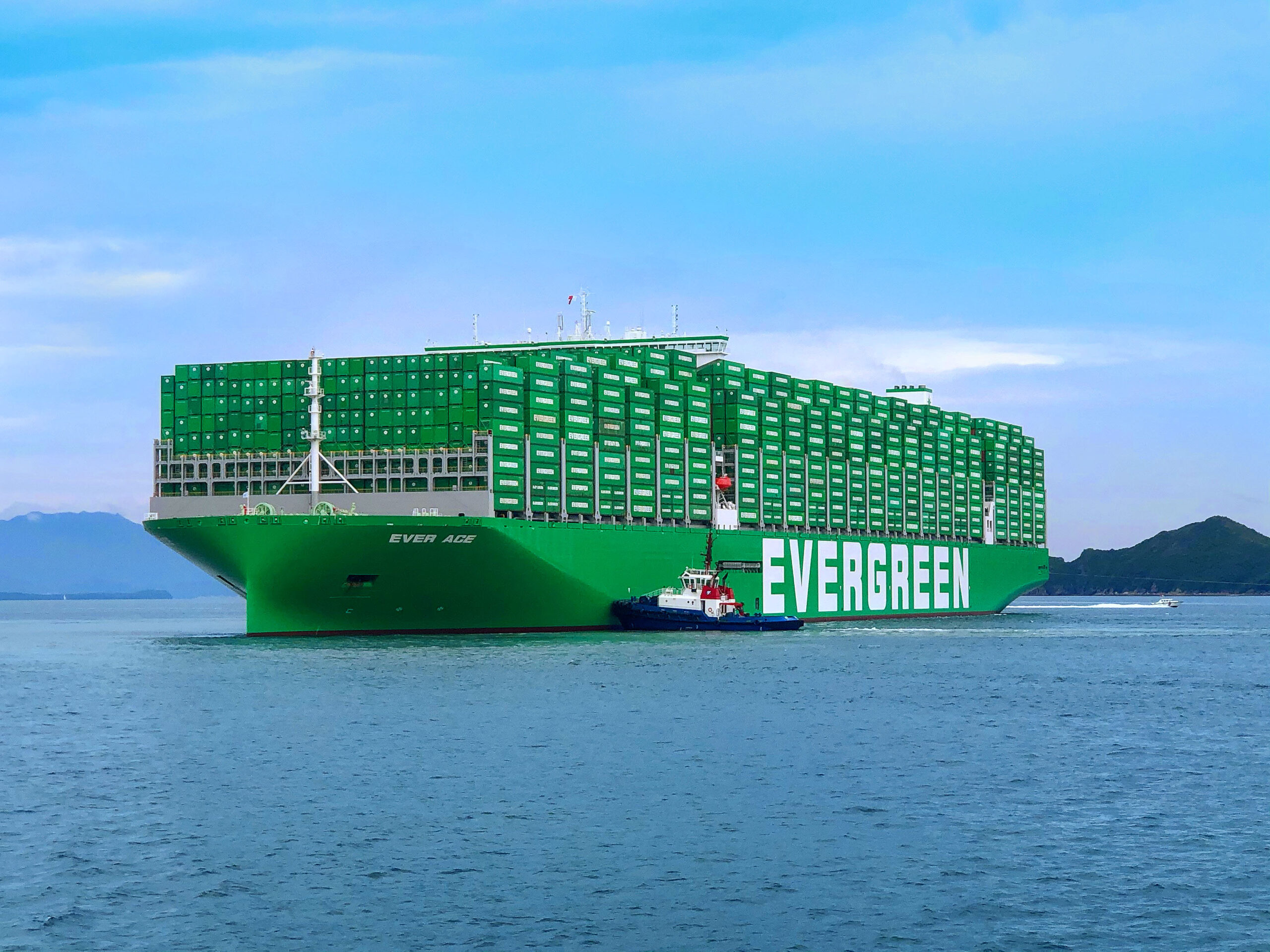In a world of constant movement (literally), it’s sometimes hard to know everything that’s happening now – let alone what’s coming next. Although we can’t be sure of what the future holds, I’ve identified a few global logistics trends.
1. A structural shift from air freight to sea freight
The past few years have shown a structural shift from air freight to sea freight. Air freight is often used for high value and low volume shipments. According to the latest cost and supply demands, but also increased environmental awareness, companies are trying to find other and cheaper ways to transport their goods. As the shipment cost of sea freight is usually lower than the shipment cost of air freight, sea freight has naturally become a popular alternative. The shift is particularly noticeable within the segments of pharmaceutical and electronics.
What we’re looking at here is a trend where air freight is losing many customers. This puts higher pressure on airlines and forwarders to provide great air freight solutions. But then again, there will always be times when there’s almost no alternative to air freight. For some products it will always remain important. It is after all the fastest mode of transport, and will most likely stay that way for a good while.
2. Environmental awareness and sustainability pressure
In recent decades the environmental effects of transportation has become a topic of increasing importance around the world. Green issues are now a significant part of many companies’ logistics strategy and more customers are interested in alternatives, more eco friendly transportation options. New regulations are also coming from the governments that put higher demands on the industry.
One concrete example is the new regulation from IMO regarding the sulphur content in ship’s fuel within the Baltic Sea Region. From 1 January 2015, the sulphur must be below 0.1%, compared to the current 1 percent. Generally, the new environmental regulation has caused great concern to the countries and is a great challenge, not only to the shipping industry, but also to ports within the Baltic Sea Region.
Switching to more expensive low sulphur fuels may reduce the competitiveness of the sea transport drastically and lead to a modal backshift from sea to road. It might even change the directions of logistics flows in Europe in order to avoid the SECA and also involve simultaneous development of specialized facilities in ports.
3. New technology facilitates communication
It’s no news that information technology is important to the logistics solution industry. But now the technology is becoming more available than ever before. New solutions such as smartphone apps erase boundaries between the office and the road. It’s easier to deliver shipments while managing schedules, routes, and hazards on the go. Smartphone apps can provide real-time information about cargo status, help make more accurate decisions and respond to customer needs with the most current information.
I believe this trend is very positive as old and clunky special equipment is no longer needed and proprietary systems become more easily available in the entire industry. This increases the quality and level of information exchange for the benefit of all customers.
4. More trucks from Eastern Europe
Both imports and exports done by Western European trucks are decreasing, while the share of Eastern European trucks is increasing. The percentage of transport driven by Swedish truck drivers has fallen over the past years and the Eastern European drivers now have a larger market share. This is a result of end customers continuing to expect low costs. Although other requirements such as sustainability are increasingly discussed within the business, cost pressure seems to remain the ultimate criterion.
The consequence of this change is that the vast majority of these drivers are hired at rock-bottom pay and forced to cook and sleep in their trucks. Unfortunately, many of the Eastern European drivers’ wages and working conditions do not comply with the laws. It is very difficult for companies with Western European truck drivers to compete unless they focus on very specialised transport solutions.
5. Increasingly specialised logistics solutions
More companies are outsourcing some of their activities in terms of supply chain management and logistics. By entrusting their logistics affairs to other companies they can pay more attention to their core business. This means that more logistics solutions providers are specialising in certain sectors. Different sectors have different demands and are looking to outsource more and more, not only in terms of basic transportation but also other activities, like distribution on even product assembling.
The trend is affecting the logistics solutions industry as a whole and is mainly about infrastructure development and how companies are looking to alter their supply chain model. The logistics solution industry needs to adapt to the customer demands by increasing the knowledge within niche segments.
Have you identified any other trends within the logistics solution industry? Maby your company is already affected by one or several of these trends? I’d like to know! Please leave a comment in the field below or share this article in social media to start a dialogue about the subject!
/Peter Nevhagen, Greencarrier Freight Services




